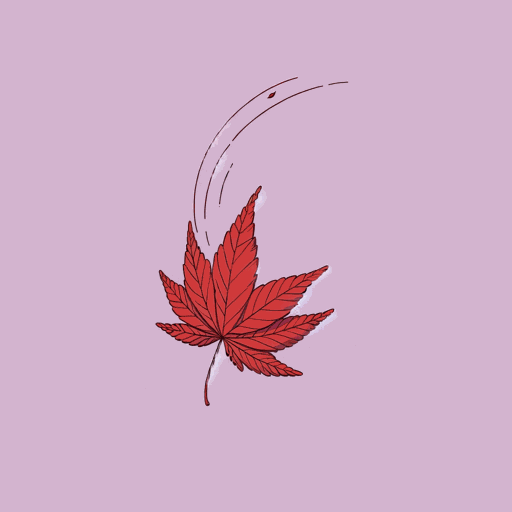45 pages • 1 hour read
Adeline Yen MahChinese Cinderella
Nonfiction | Autobiography / Memoir | YA | Published in 1999A modern alternative to SparkNotes and CliffsNotes, SuperSummary offers high-quality Study Guides with detailed chapter summaries and analysis of major themes, characters, and more.
Symbols & Motifs
Nai Nai’s Feet
Content Warning: This section of the guide discusses child abuse and animal abuse and describes historical cultural practices that constitute female mutilation.
Nai Nai’s bound feet symbolize the rapid movement of Chinese history in this time period and also the misogynistic underpinnings of Chinese society, which Adeline will have to contend with herself. The lifelong mutilation and debilitation that Nai Nai experiences for the sake of the male gaze is a physical manifestation of patriarchal culture’s toll on women. Nai Nai articulates her sorrow forcefully: “I had a pair of perfectly normal feet when I was born, but they maimed me on purpose and gave me lifelong arthritis so I would be attractive” (8). Her pain can be interpreted not only as literally physical but also as the figurative pain of social expectations and objectifications thrust upon her from infancy.
When Nai Nai dies, it signifies a changing of the guard between generations of women and a spiritual liberation from the physical confines of her mutilated body. Adeline’s last memory of Nai Nai, when she soaks her toes in steaming hot water for physical relief, serves as one of the memoir’s most striking portrayals of feminine struggle. At her funeral, Adeline recalls, “I watched the smoke curl up from the sacrificial urn and believed with all my heart that it would regroup somewhere […] for the exclusive use of our Nai Nai in heaven” (21).
Featured Collections
Asian American & Pacific Islander...
View Collection
Asian History
View Collection
Childhood & Youth
View Collection
Chinese Studies
View Collection
Coming-of-Age Journeys
View Collection
Family
View Collection
Popular Study Guides
View Collection
The Best of "Best Book" Lists
View Collection


